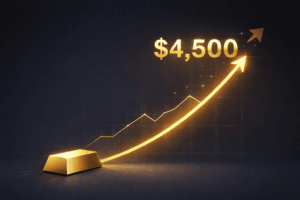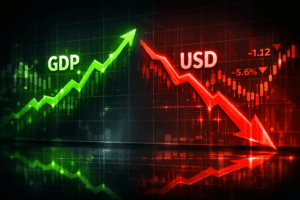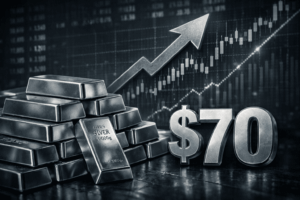Major central banks are taking divergent policy paths as U.S. tariffs create different challenges across the global economy. While the U.S. Federal Reserve holds rates steady due to inflation concerns, the Swiss National Bank is considering negative rates to combat currency strength, and the Bank of Japan maintains a potential hiking bias despite growing caution. The article outlines the current positions of ten developed-market central banks, with many European and Pacific nations cutting rates or signaling future cuts while dealing with the disinflationary effects of stronger currencies against the dollar and the broader impact of trade tensions.

News
Gold Breaks $4,500 While Vanguard Flips Strategy
Gold topped $4,500 for the first time Wednesday, capping a 70% rally in 2025. Silver surged 150% while platinum hit levels not seen since 2008. The precious metals boom comes as the White House pushes for more Fed rate cuts, the labor market sends mixed signals, and Vanguard urges investors to flip their portfolios.




